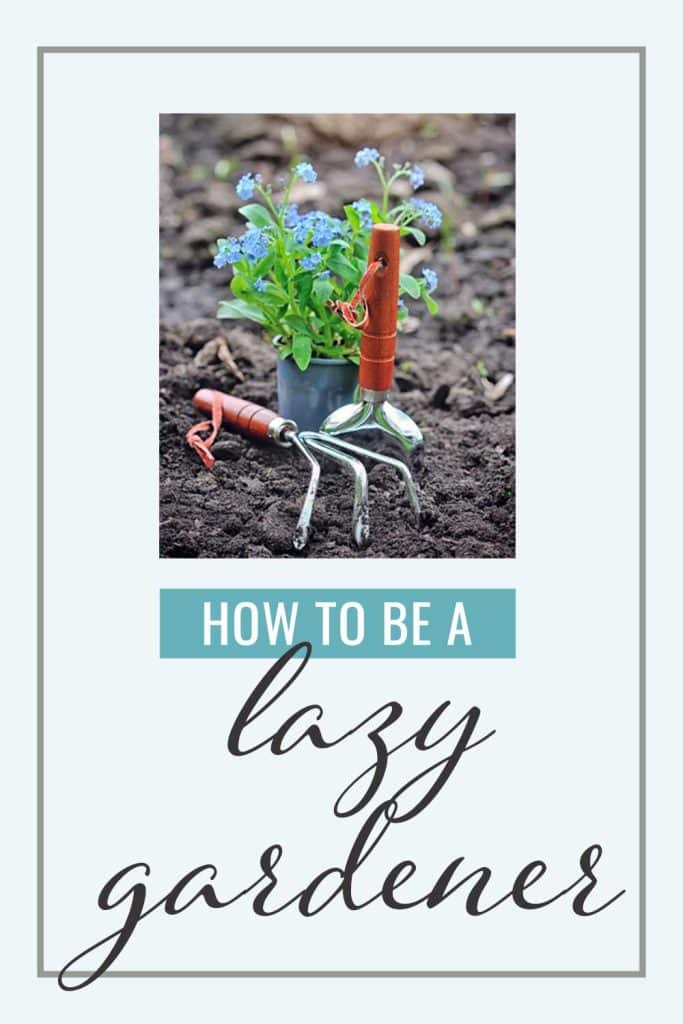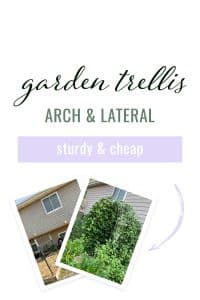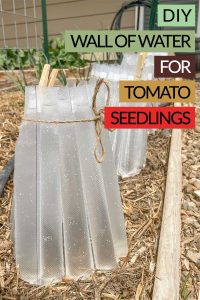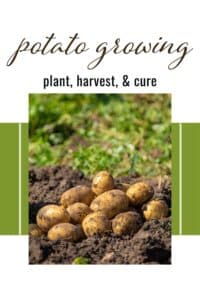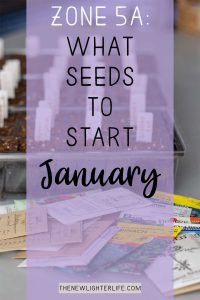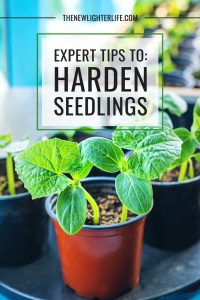I’ll unashamedly wear the label of lazy gardener Maybe you’re like me and have a plethora of interests or activities that eat away at your time. Or maybe you’re experiencing more physical limits on your body. Between a full-time job, RVing, cooking, hiking, crafting, & canning, my life is jam-packed with things to do from spring through fall. If you’re like me and you still want to have a beautiful and flourishing garden but feel overwhelmed by the amount of work a garden requires require, this post is for you. You can still create a stunning and productive garden with minimal effort as a lazy gardener. Today, I’ll cover the best lazy gardening strategies, plants, and tools that will help you achieve your dream garden without breaking a sweat. So, let’s dive into the secrets to becoming a successful lazy gardener.
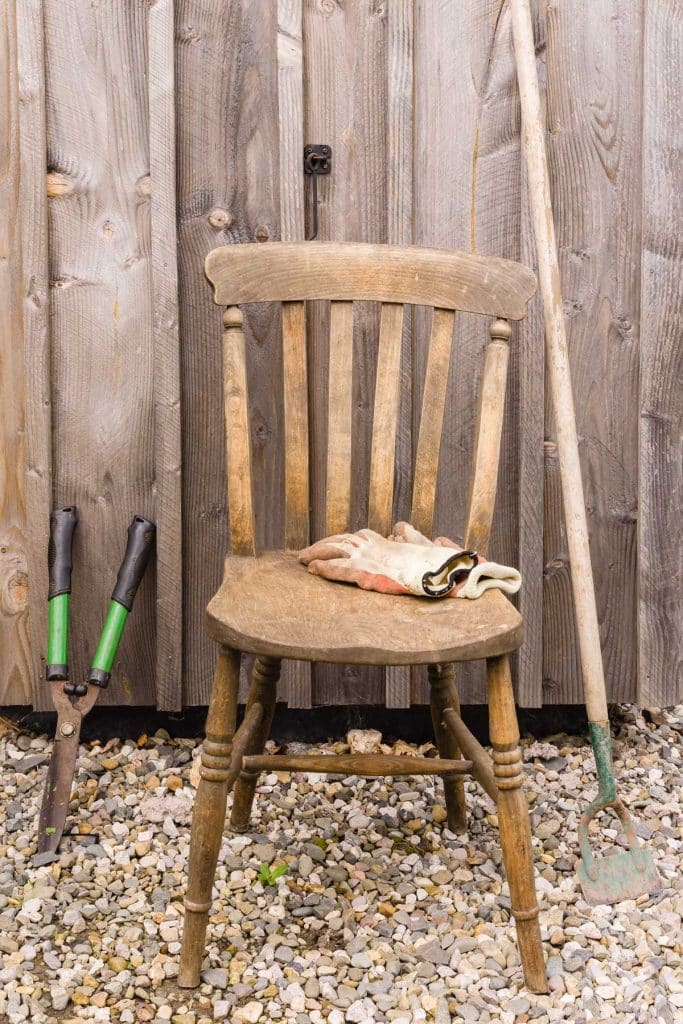
Start with the Basics: Planning Your Lazy Garden
I discussed planning your garden previously. By approaching your garden plan with the following tips, you’ll set yourself up for having a lazy (and successful) gardening experience.
Start Small
By starting small, you reduce bed preparation, planting, harvesting, and preserving time. This is especially helpful if you’re new to gardening. Be realistic about how much time you have or are able to dedicate to your garden. A small garden is wise and your future self will thank you. I know from experience that it’s easy to get carried away and plant a huge garden. By focusing on a manageable area that you can easily maintain, you’ll find it’s much more rewarding and does not become a burden. As you gain experience and confidence, you can gradually expand your garden over time.
Choose Low Maintenance Plants
One of the best ways to ensure a lazy garden is to choose plants that require minimal care. Opt for low-maintenance plants like leafy greens, radishes, green beans, cherry tomatoes, zucchini, peppers, herbs, and perennials (asparagus, strawberries, artichokes, & rhubarb). These are all extremely easy to grow and do not need constant attention.
Synergy Through Companion Planting
With a little planning and strategic placement you can let your garden work for you, not against you. By pairing compatible plants that benefit each other’s growth, and pest control you have a self-sustaining ecosystem. Companion planting reduces excessive weeding, pesticides, and fertilizers.
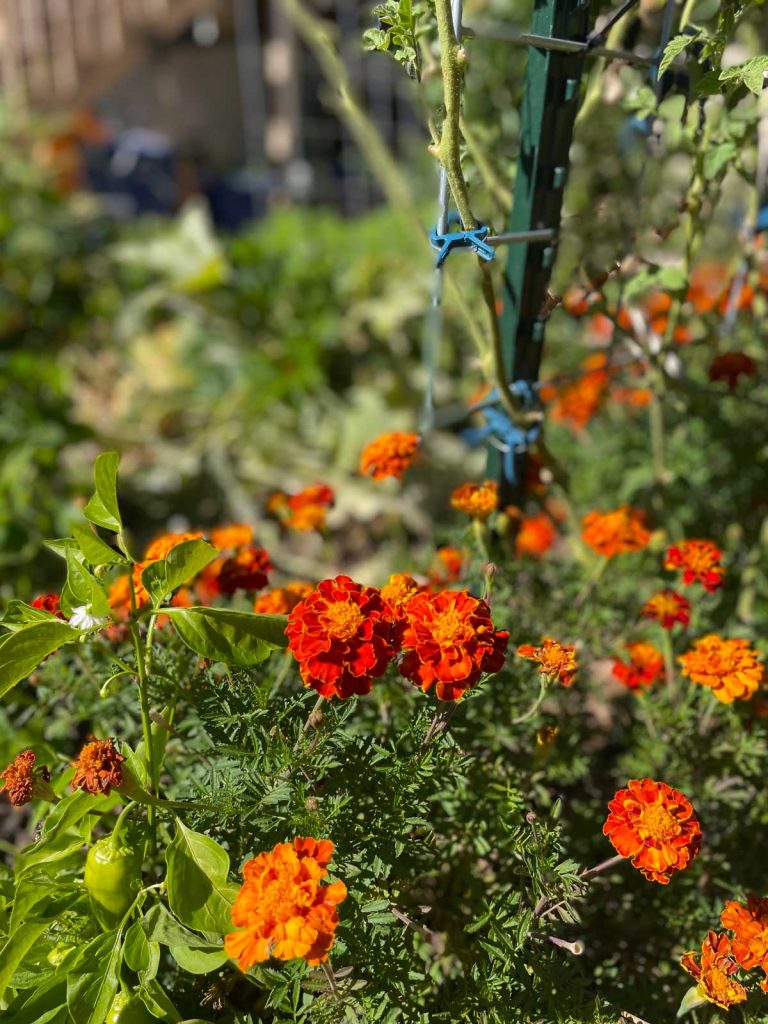
Plan for Succession Planting
You may be tempted to sow everything all at once in early spring, but that is definitely not required. In fact, staggering your planting (or succession planting) is a lazy gardener’s best friend. By staggering your plantings and choosing plants with different maturity dates, you can ensure a continuous harvest without becoming overwhelmed. Once a plant is done producing, you can pull it and plant something else in its place.
The Lazy Gardener’s Soil Secrets
No-Till Gardening: Let the Soil Do the Work
Tilling, double digging, and other traditional methods of cultivating soil can be labor-intensive and harmful to the soil’s structure and fertility. As a lazy gardener, opt for no-till gardening methods like lasagna gardening or raised beds that preserve the soil’s natural structure and promote a healthy soil food web. To plant a no-till garden, I like to stab my garden trowel into the soil, pull back the dirt and remove the trowel so the dirt goes back in place.
Enrich Your Soil with Organic Matter
A low-maintenance garden starts with healthy soil. Instead of using synthetic fertilizers, enrich your soil with organic matter like compost, manure, or worm castings.
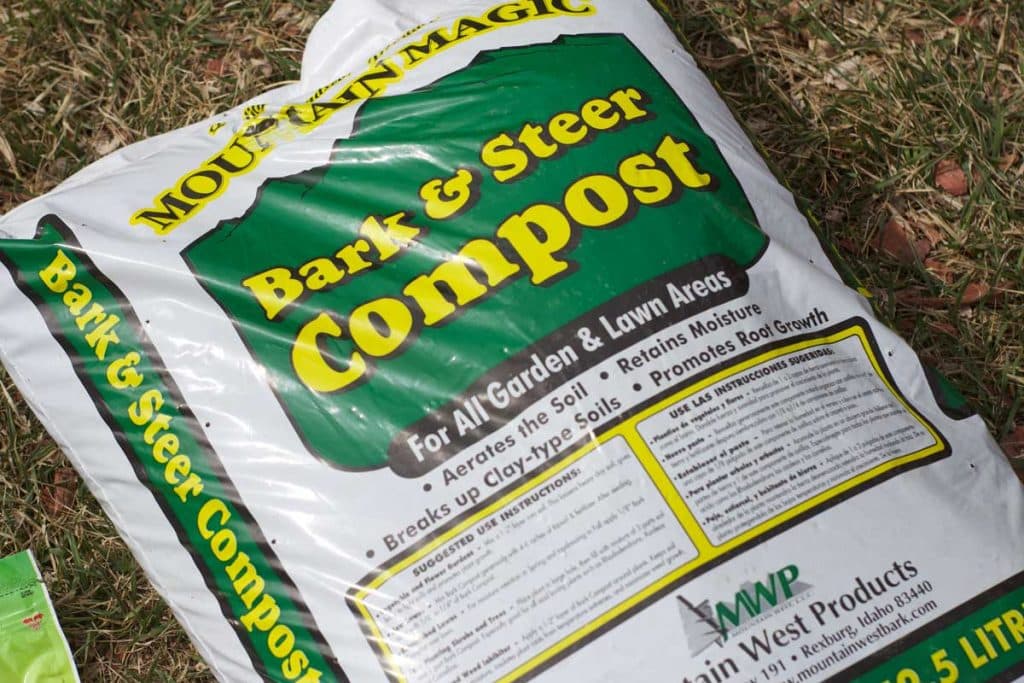
In the fall, I cover our beds with mowed leaves to preserve my garden’s lush ecosystem. This not only improves soil structure and fertility but also helps to conserve water and prevent weeds. I have an inground worm tower on my to-do list. If you haven’t heard of this, they are pretty neat and worth checking out! Lazy gardening and lazy composting all in one!
Lazy Gardening Techniques for Maximum Yield
Stop Digging, Start Layering
I touched on this already, but it’s worth repeating that a no-dig garden bed is the way to go. You may have heard of the term, “lasagna gardening”. This method involves layering organic materials directly on top of the soil to create a nutrient-rich home for your plants (and worms). This method eliminates the need for digging and tilling, saving you time and energy.
My favorite book on this topic is Lasagna Gardening by Patricia Lanza. I read her book 15+ years ago and it changed my mind about tilling.
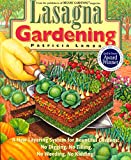
Plant Closer Together
Planting your vegetables and flowers closer together can help to smother weeds and conserve moisture. Square Foot Gardening by Mel Bartholomew‘s technique involves dividing the garden into small, manageable squares and planting different crops in each square according to a specific spacing guide. A lazy gardener can efficiently use space, reduce extensive weeding, and make watering and harvesting more accessible. Square foot gardening is also well suited for raised beds or container gardening.

A few years ago, I got this planting square guide and find it makes planting by the square foot incredibly easy.
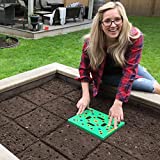
Grow Perennial Crops
Growing perennial crops like asparagus, strawberries, rhubarb, and artichokes can save you time and effort since they come back every year without the need for replanting. In addition, perennial herbs like mint, rosemary, sage, and thyme can provide a continuous supply of fresh flavor for your meals. Just be mindful that some of these herbs can be invasive (especially mint)
The Lazy Gardener Irrigation
Install a B-hyve Timer Irrigation System
Probably one of the best (and lazy) things I did for my garden was to install a B-hyve timer irrigation system and soaker hoses. Automating your garden’s watering saves time, effort, and your plants from dying of dehydration. This smart watering system is set up through your phone. You set the watering frequency and it will not water depending on the rain. I LOVE mine and did a short video where I troubleshoot it being disconnected with our new internet.
You’ll notice I have inground irrigation tubing. This was NOT a lazy gardening method and was back-breaking work to install. I’m glad I did but a truly lazy method would have been to just lay out hoses with the soaker lines in the garden bed.
Use Rain Barrels to Collect Water
Installing rain barrels is a simple and eco-friendly way to provide your garden with a consistent water supply. You can use the collected rainwater for irrigation, reducing your reliance on municipal water (that is chlorinated) and saving money on your water bill.
Weed Control for the Lazy Gardener
Mulch with Organic Materials
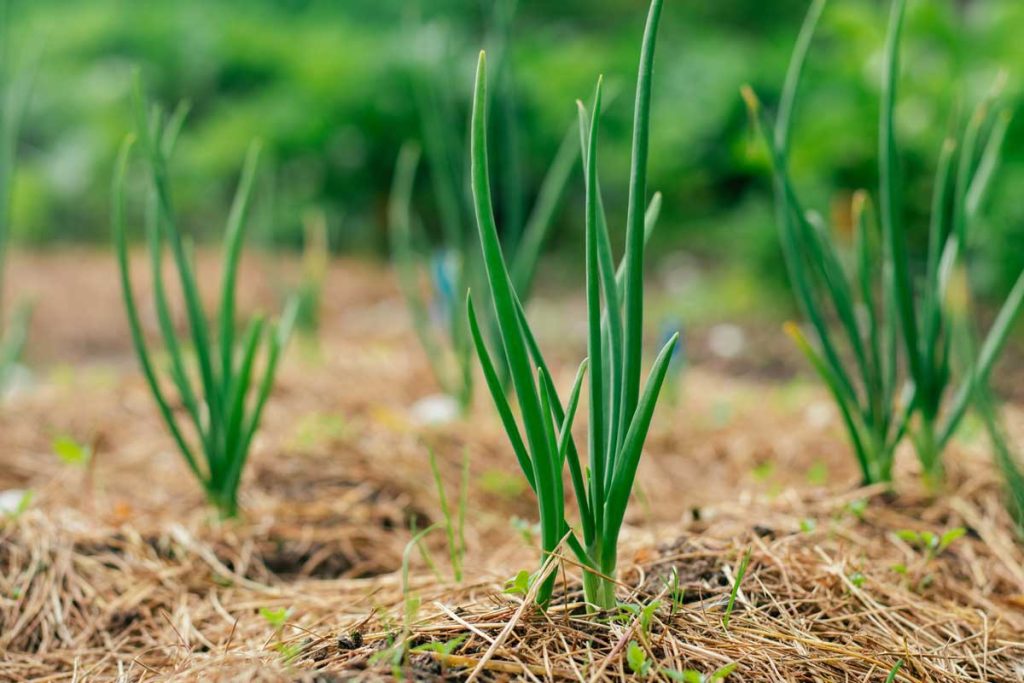
Mulching is a game changer if you’re a lazy gardener. Using organic materials like straw (not hay that has seed), wood chips (be sure it is cured), pine needs, grass clippings, or fallen leaves as mulch can help to suppress weeds, retain moisture, and improve your soil’s overall health.
Ever heard this?
“Mother Nature is modest, she doesn’t like to be naked.”
I find this to be true. If there are bare patches of soil, weeds grow, it is drier and the soil is depleted. Organic mulches, such as straw, wood chips, or shredded leaves, break down over time, enriching the soil with organic matter.
Landscape Fabric or Plastic
Many gardeners opt to cover their entire bed with black landscape fabric or garden plastic. These materials are VERY effective at keeping weeds at bay. To plant in the garden, simply cut a hole in the fabric where the seedling (or seeds will be planted).
Weed Torch or Flame Weeding
This is a method I just attempted this year. A garden torch and propane tank are all you need to kill most weeds. The trick is to quickly dehydrate the plants. Of course, you’ll want to be careful around other plants and any mindful of any fire hazards. I attempted to do this earlier this year. If you go to my Instagram, you can see the reel (technologically challenged on this at the moment). I primarily have crabgrass and I have to say, my attempt was not as successful. Still, if you have other weeds on your bare bed, flame weeding is an easy and quick way to eliminate them.
Lazy Gardener’s Tools and Accessories
Invest in Quality, Ergonomic Tools
Choose gardening tools that are comfortable to use and designed for ease of use, like ergonomic hand trowels, pruners, and rakes. These tools can help to reduce strain on your hands and wrists, making gardening tasks more enjoyable and less tiring.
Use a Garden Kneeler or Seat
I love my garden rocker!! I carry that chair all around my garden and it’s my favorite “lazy” tool. You may also consider using a garden seat or kneeler. Both provide comfort and support while you work in your garden, reducing strain on your knees and back. Some other seat models even offer storage compartments for your tools, making it easier to keep everything you need within reach.
Ready To Be a Lazy Gardener?
I’ve given you some tips that I use to be able to successfully garden with limited time and maximum enjoyment. By incorporating my lazy gardening tips, tools, and plants into your garden, you can be lazy like me! I still have plenty of produce to preserve and spend less time fussing in my garden. You don’t need my permission to be lazy but you have it. So go ahead, embrace your inner lazy gardener, and watch your garden thrive!

